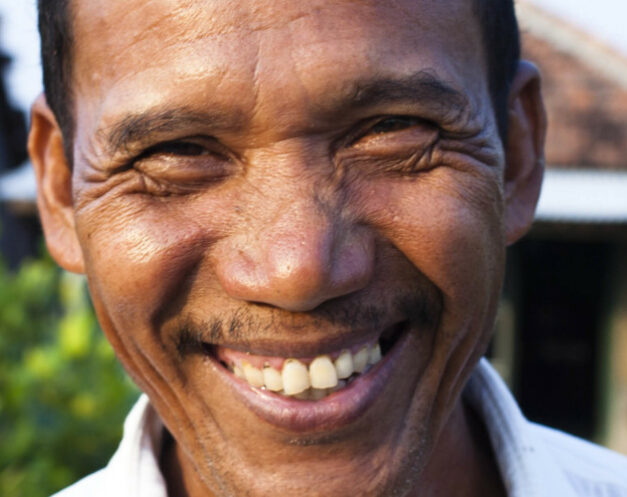Strengthening coastal resilience for communities in Nusa Tenggara Timur, Indonesia

The province of Nusa Tenggara Timur in Indonesia is dry and covered by mountains and volcanoes. It is known for its extreme weather conditions. Here we help to reduce the impacts of frequent disasters on vulnerable communities. As part of an integrated risk reduction approach we improve water management, promote sustainable livelihoods, restore coastal eocsystems and help local communities to adapt.
The Nusa Tenggara Timur Province in Indonesia consists of more than 550 islands. The islands are covered with dry land and are crowded with mountains and volcanoes. Semi-arid grassland savannah and karst mountains dominate the landscape. Mangroves and coral reefs are found along the coast. This arid landscape is the result of hot, dry winds blasting in from the Australian continent. In many coastal areas not a drop of rain falls during most of the year. Here we work with 30 villages in five districts of Nusa Tenggara Timur Province.
Challenges
Nusa Tenggara Timur is known for its extreme landscape and weather conditions. Communities here are highly affected by both droughts and floods. In addition, landslides and typhoons commonly hit the region, and a devastating tsunami in 1992 took thousands of lives. Erosion is common in coastal areas.
Achievements
- Through our Bio-rights microcredit scheme we provide loans for community-based Disaster Risk Reduction measures, in return for community engagement in the restoration of degraded mangrove areas. The mangroves offer protection against erosion and damage from waves while providing fish and other valuable resources. The livelihoods measures, including income diversification and development of shelters, increase the social resilience within the villages involved. Successful delivery of conservation services results in the conversion of the loans into long-term, community-owned funds, allowing for sustained risk reduction funding in the communities. Read more on the Bio-rights approach.
- We brought stakeholders, from government officials and local communities, together to work on village and district level risk reduction plans. Partnerships with these stakeholders and a total of nine community-based organisations have now been established. This ensures that 20,000 people are covered under risk reduction plans that address both social and ecological root causes of disaster risk.
- Following dialogue with policy makers we signed a decree with the Sikka government in 2012 that prohibits the destruction of the economic and ecological functions of mangroves in 61 sites. The sites along the Sikka district coast that were restored under our project are protected under this decree.
Partners:
Netherlands Red Cross
CARE
Cordaid
Red Cross/Red Crescent Climate Center
Read the joint vision document: A new vision for community resilience
Read the leaflet: A new partnership for resilience
